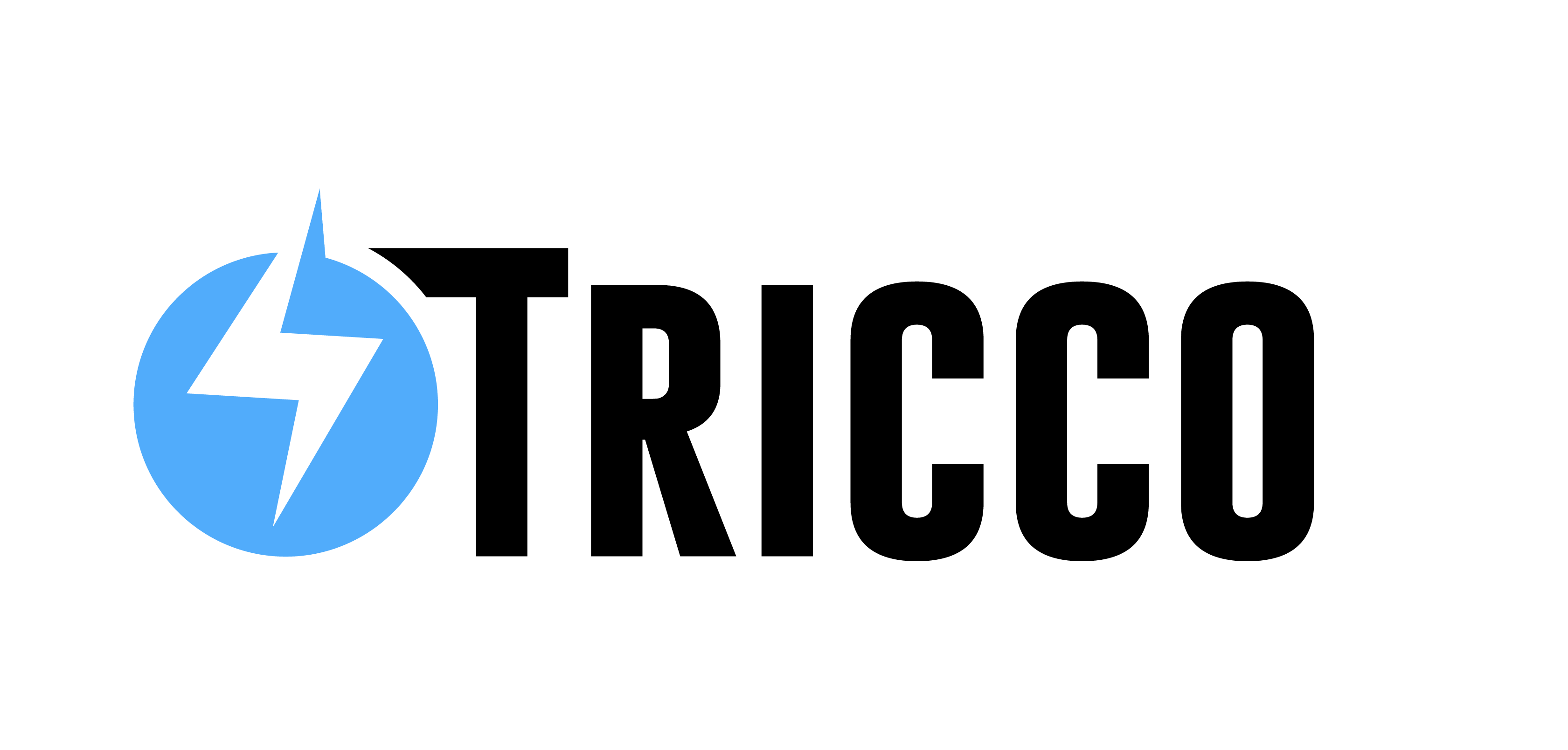Can CCTV Footage Be Used As Evidence

Get Special Offers Now for Locksmith Services Call Us Now at 02081458426
These days, video monitors fill many places. Whether on houses shielding families or commercial properties protecting corporations, video monitors offer protection and observation that constantly keeps us and our possessions protected and undamaged.
A primary goal of video surveillance is to deter offences; however, it can also offer irrefutable proof if an unlawful act occurs at one’s residence or company.
Although security cameras are usually put in place to deter unlawful behaviour, they can provide proof useful for achieving a guilty verdict. However, are there any stipulations before security footage can be employed in legal proceedings? And is the video alone sufficient to pursue charges?
Is security camera footage admissible in court?
For evidence from security video recordings to be considered in a legal case, several criteria must be fulfilled. The visuals captured and stored digitally on cameras positioned around locations must satisfy particular guidelines for judges and juries to find them a dependable source of information in trials. Technology these days allows for constant monitoring and documentation of private and public areas. Yet, there are specific protocols the images caught on camera must adhere to to impact the course of legal proceedings.
To start, a single individual within the business or on the private grounds where the closed-circuit television system is set up must be chosen as the sole person allowed to check any saved recordings. This is for reasons relating to protecting information. Signs or some form of notification also need to be clearly shown stating that video monitoring is occurring at that location.
You must check that any captured scenes are clear enough to pinpoint any caught people. Suppose the pictures are indistinct, out of focus, or too grainy to pinpoint anything or anyone. In that case, the law enforcement or prosecution group will see the recording as useless.
Attempts must be made to ensure visuals from surveillance systems are very clear. Otherwise, there is a chance the monitoring devices could fail when required at critical times.
Acoustic signals are seldom up to the highest norms on closed-circuit camera systems, so this will do little to fortify any visible proof assembled. The joining of deficient audio and below-average video recordings can work against the best interests of lawful situations where closed-circuit camera forensics are investigated to assist in producing decisions.
The requirements of CCTV footage as evidence
The Ministerial department responsible for national security within the UK releases meaningful directions to elucidate the requisites for visual surveillance documentation to be employed as substantiation in a tribunal of law.
These are:
Images captured by surveillance cameras must be of sufficient resolution to permit recognition of any individuals being filmed, as discussed earlier. The visuals obtained from CCTV systems should allow clear identification of all parties recorded.
Protecting the security footage and saved visuals from the surveillance system requires strict precautions to prevent undisclosed observation or manipulation of recordings.
CCTV technologies should transfer and move captured recordings with simplicity and be compatible and joined with other digital, virtual, and cloud-centered correspondences.
A surveillance system should permit those examining to re-see the pictures and confirm the permission holds suitable seriousness and believability in lawful dealings.
Is CCTV alone enough to prosecute in court?
Though several needs must naturally come to pass, closed-circuit television has the likelihood to help bring about legal action conclusively. However, CCTV recordings do not hold the authority to warrant a complete judgment, chiefly if the visible proof or sound is uncertain.
Our CCTV camera systems
At this security company, you’ll never have to stress over unclear pictures or dull-sounding quality. Our security camera setups give high-quality, cutting-edge tech to supply the finest visible information possible.
Frequently Asked Questions
Can CCTV Footage Be Used As Evidence?
CCTV footage can be used as evidence in legal proceedings. Security cameras are primarily installed to deter unlawful behavior but also serve as valuable evidence if a crime occurs. However, certain conditions must be met for security footage to be admissible in court.
Is security camera footage admissible in court?
Security camera footage can be admitted as evidence in court, but it must meet specific criteria. These criteria include clear visuals that can identify individuals, safeguards to protect the footage from tampering, and compliance with technological standards. In addition, there should be clear notifications about video monitoring on the premises.
What are the requirements of CCTV footage as evidence?
The requirements for CCTV footage to be used as evidence include having clear and high-resolution images that allow for the identification of individuals. Strict security measures should be in place to prevent tampering with the footage, and the technology used should facilitate easy transfer and compatibility with other digital systems. Additionally, the footage should be reviewable and hold credibility in legal proceedings.
Is CCTV alone enough to prosecute in court?
CCTV footage can be valuable evidence, but it alone is insufficient to secure a complete judgment in court. Other factors and evidence may be required to corroborate the footage, especially if the visuals or audio quality are unclear or inconclusive. A combination of evidence is often used in legal proceedings to ensure the best results.


